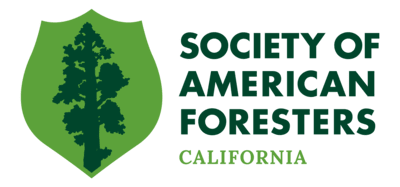[youtube https://www.youtube.com/watch?v=r1NptimsL34]
Index to Interview Questions:
0:15 – How did you choose forestry as a career?
0:51 – Was there a defining event which inspired you?
1:46 – Tell us about your time at University of Michigan.
4:08 – What is a forest geneticist?
5:25 – What are your thoughts about genetic modification?
7:13 – Give us a few highlights or challenges from your career.
9:12 – What was your Ph.D thesis subject?
10:14 – How do you conduct studies of trees considering the long times required for traits to become apparent?
13:04 – What are some of the positive aspects of being a forester?
14:14 – Talk about your involvement with SAF.
15:03 – What are your thoughts about diversity – stability?
19:10 – What are your thoughts about the SAF mission, its past, and relevance in the future?
20:13 – What do you see as the future of forestry?
23:44 – What advice would you give someone considering a career in forestry or natural resource management?
25:14 – In a perfect world, what is your vision of an ideal forest?
27:51 – Lignochemicals?
29:12 – What are your concerns for the future?
30:11 – Explain the idea of assisted migration?
33:48 – What are your thoughts on climate change and species adaptation ?
37:16 – Tell us about your work with the Save the Redwoods League.
38:42 – What are your perspectives on global forestry?
-END-
